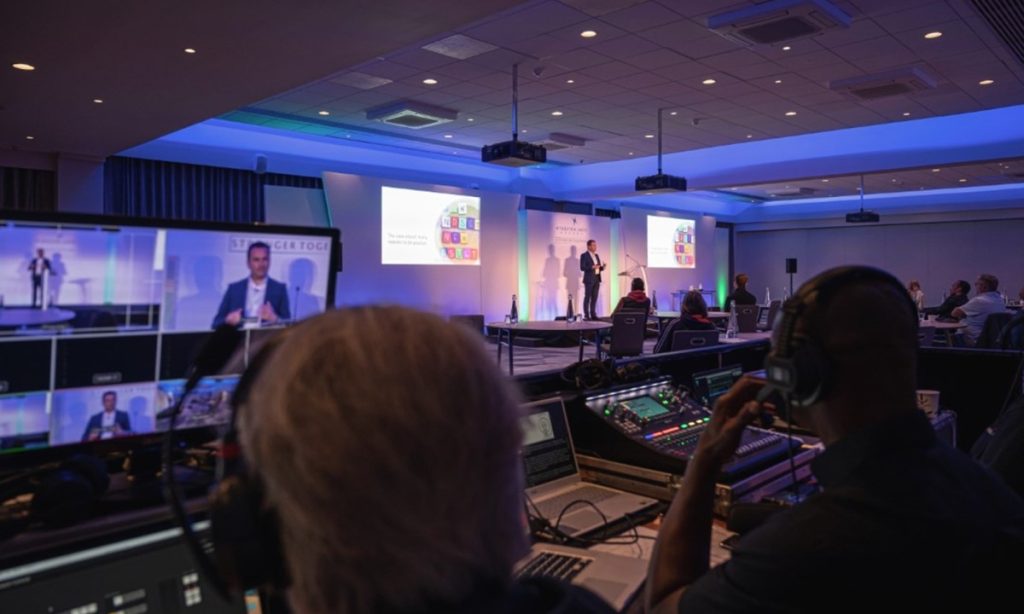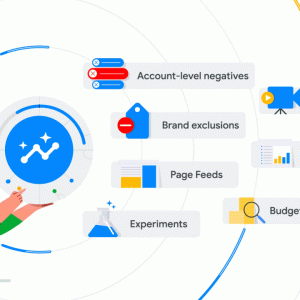
The “Zoom Boom” was born, witnessing a surge in virtual conferences, webinars, and online meetings. But as the initial excitement subsides and we navigate the “new normal,” a crucial question arises: what is the future of virtual events?
This article delves into the evolving landscape of virtual events, exploring the trends shaping their future and the challenges that need to be addressed. We’ll look beyond the basic video conferencing setups and towards a future where virtual events become immersive, interactive, and hyperconnected experiences that transcend geographical boundaries and reimagine the very concept of “gathering.”
From Novelty to Necessity: The Rise and Transformation of Virtual Events
Prior to 2020, virtual events were often seen as a niche alternative or a supplement to physical gatherings. However, the pandemic forced a rapid shift, propelling them into the mainstream. Businesses, educational institutions, and even social groups embraced virtual platforms to maintain continuity, foster collaboration, and share knowledge. This surge in adoption led to several key transformations:
- Technological Advancements: The virtual events landscape witnessed a rapid evolution in technology. Platforms like Zoom, Google Meet, and Microsoft Teams were constantly updated with new features like breakout rooms, interactive polls, and live Q&A sessions. Emerging technologies like virtual reality (VR) and augmented reality (AR) began to be explored for creating immersive experiences.
- Increased Accessibility: Virtual events removed geographical barriers, making them accessible to a wider audience than ever before. People from different countries and time zones could now attend conferences, workshops, and networking events without the constraints of travel and logistics.
- Data-Driven Insights: The digital nature of virtual events allowed for the collection of valuable data on attendee engagement, preferences, and behavior. This data can be used to personalize experiences, optimize content, and measure the success of events.
The Challenges: Beyond the Buzzword Bingo
While virtual events offer numerous benefits, they also present some challenges that need to be addressed:
- Engagement Fatigue: The novelty of virtual events has worn off for many, leading to fatigue and decreased engagement. The lack of face-to-face interaction and the abundance of online distractions can make it difficult to maintain attention and participation.
- Technical Glitches: Technical issues like unstable internet connections, audio-visual problems, and platform crashes can disrupt the flow of an event and frustrate attendees.
- Networking Limitations: Building meaningful connections and fostering networking opportunities is more challenging in a virtual setting. The absence of informal interactions and spontaneous conversations can hinder the development of relationships.
The Future: Hyperconnected and Immersive Experiences
Despite the challenges, the future of virtual events is bright. Here are some key trends that will shape their evolution:
- Hyperconnectivity: Virtual events will become more interconnected, integrating with social media platforms, professional networks, and other online communities. This will allow for seamless interaction, knowledge sharing, and collaboration before, during, and after the event.
- Immersive Experiences: VR and AR will play a bigger role in creating immersive and interactive experiences. Participants will be able to virtually walk through conference halls, network in 3D environments, and engage with content in a more engaging way.
- Personalization and Customization: Virtual events will become more personalized, with content and experiences tailored to individual interests and preferences. AI-powered recommendation engines and adaptive learning platforms will play a crucial role in this.
- Hybrid Events: The future is likely to see a rise in hybrid events that combine the best of both physical and virtual worlds. This will allow for wider reach and engagement, while still providing the benefits of face-to-face interaction for those who can attend in person.
The Human Touch: Redefining the Meaning of “Gathering”
While technology will play a crucial role in shaping the future of virtual events, it’s important to remember that the human element remains at the core. Successful virtual events will be those that foster authentic connections, create a sense of community, and deliver valuable learning and networking opportunities. This requires careful planning, engaging content, and skilled facilitators who can navigate the virtual environment and keep participants involved.
The future of virtual events is not just about replicating physical gatherings online. It’s about redefining the very concept of “gathering” by creating hyperconnected, immersive, and personalized experiences that transcend geographical boundaries and bring people together in meaningful ways. As we move beyond the Zoom Boom and embrace the potential of virtual technologies, we can unlock a new era of engagement, collaboration, and knowledge sharing, fostering a more connected and inclusive world.










